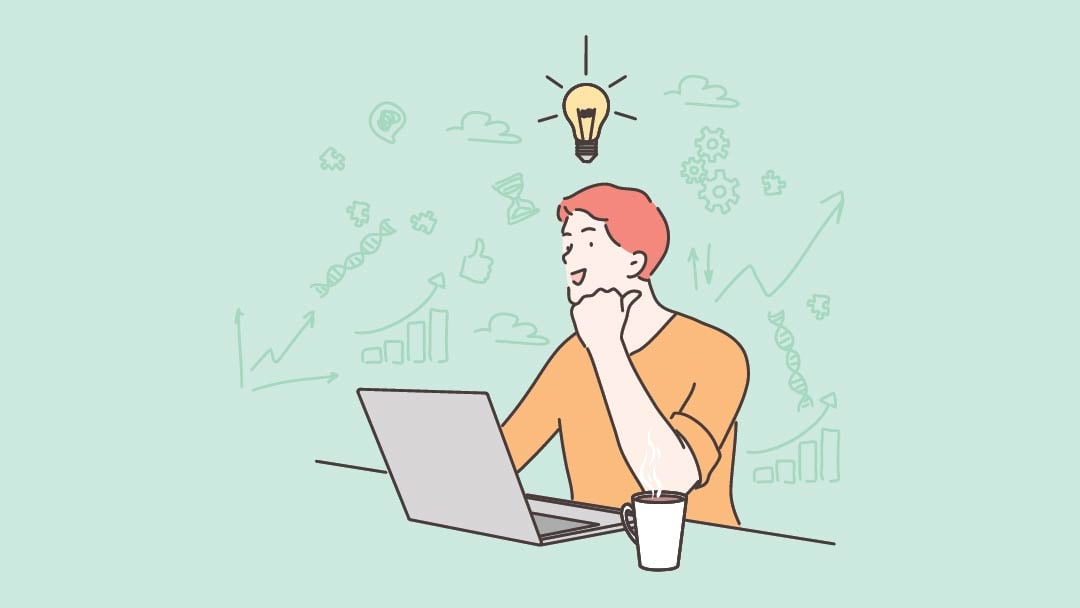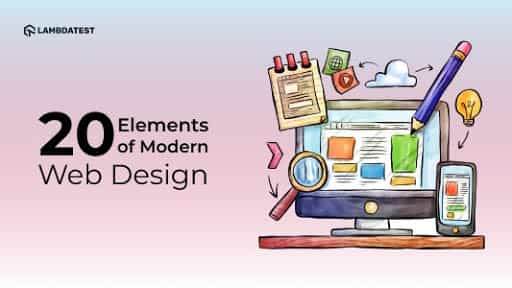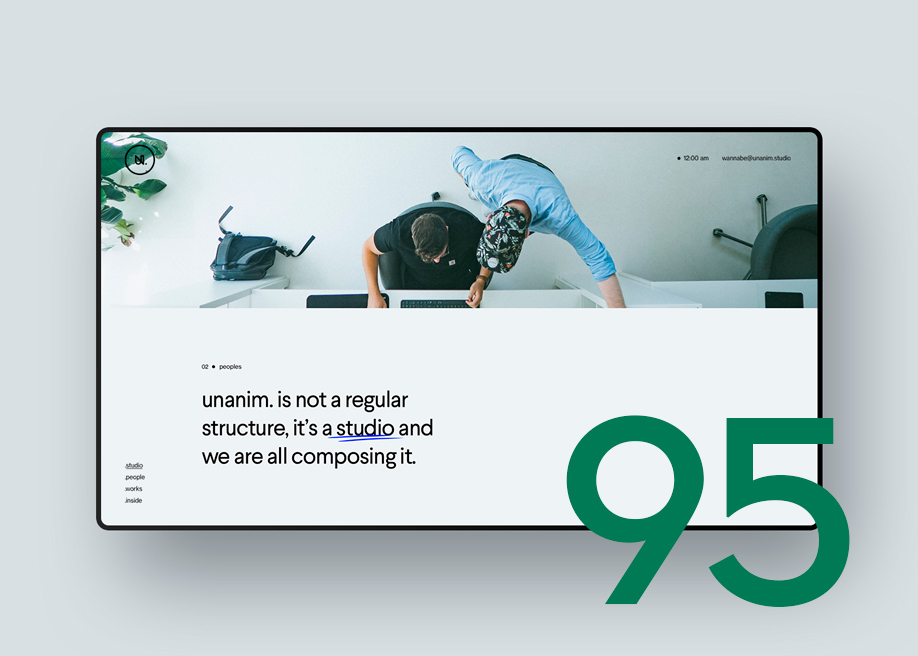All Categories
Featured
Table of Contents
- – Top Web Design Agencies Ranked - 2022 Reviews ...
- – Html Responsive Web Design - W3schools Tips a...
- – Mrw Web Design - Wordpress Websites For Nonpr...
- – What Is Web Design? The Ultimate Guide To Web...
- – Responsive Web Design - A List Apart Tips and...
- – Web Design Scholarship - Nyc Digital Marketin...
- – 53 Web Design Tools To Help You Work Smarter...
- – Webpage Design (Article) - Further Learning ...
- – What Can I Do With A Web Design And Developm...
- – Awwwards - Website Awards - Best Web Design ...
- – Web Design Scholarship - Nyc Digital Marketi...
Top Web Design Agencies Ranked - 2022 Reviews - Clutch.co Tips and Tricks:
Quick summary Use and the energy, not the visual style, figure out the success or failure of a site. Given that the visitor of the page is the only person who clicks the mouse and therefore decides whatever, user-centric design has developed as a basic method for successful and profit-oriented website design - web design frederick md.
and the utility, not the visual design, identify the success or failure of a site. Given that the visitor of the page is the only individual who clicks the mouse and for that reason chooses everything, user-centric style has actually ended up being a basic technique for effective and profit-oriented website design. If users can't use a function, it might as well not exist.
g. where the search box must be placed) as it has actually currently been carried out in a variety of posts; rather we concentrate on the approaches which, used correctly, can lead to more advanced design choices and simplify the process of perceiving provided information. Please observe that you might be interested in the usability-related posts we have actually published before: Principles Of Good Website Style And Efficient Website Design Guidelines, In order to use the principles effectively we first need to understand how users connect with sites, how they believe and what are the fundamental patterns of users' behavior.
Html Responsive Web Design - W3schools Tips and Tricks:
Visitors look at each brand-new page, scan some of the text, and click the first link that captures their interest or slightly looks like the important things they're looking for. In fact, there are large parts of the page they don't even take a look at. The majority of users look for something fascinating (or useful) and clickable; as soon as some promising prospects are found, users click.
If a page supplies users with premium material, they want to compromise the content with advertisements and the design of the site. This is the reason not-that-well-designed websites with top quality material acquire a lot of traffic over years. Content is more vital than the design which supports it.

Users do not check out, they scan. Notification how "hot" areas abrupt in the middle of sentences. This is common for the scanning process. Really easy principle: If a website isn't able to satisfy users' expectations, then designer stopped working to get his job done appropriately and the business loses money. The greater is the cognitive load and the less user-friendly is the navigation, the more ready are users to leave the site and look for options.
Mrw Web Design - Wordpress Websites For Nonprofits ... Tips and Tricks:
Neither do they scan website in a direct fashion, going sequentially from one website area to another one. Rather users satisfice; they choose the very first reasonable choice. As quickly as they discover a link that appears like it might lead to the objective, there is a great chance that it will be immediately clicked.
It does not matter to us if we comprehend how things work, as long as we can utilize them. If your audience is going to act like you're creating signboard, then style great signboards." Users wish to be able to control their internet browser and count on the consistent data presentation throughout the site.
If the navigation and site architecture aren't user-friendly, the variety of concern marks grows and makes it harder for users to comprehend how the system works and how to receive from point A to point B. A clear structure, moderate visual hints and quickly recognizable links can help users to find their course to their goal.
What Is Web Design? The Ultimate Guide To Website Design ... Tips and Tricks:

claims to be "beyond channels, beyond items, beyond circulation". What does it indicate? Considering that users tend to explore sites according to the "F"-pattern, these three statements would be the first elements users will see on the page once it is filled. The style itself is simple and user-friendly, to comprehend what the page is about the user requires to search for the answer.
When you have actually accomplished this, you can communicate why the system is useful and how users can benefit from it. Don't Misuse Users' Perseverance, In every project when you are going to provide your visitors some service or tool, attempt to keep your user requirements very little.
Newbie visitors want to, not filling long web forms for an account they may never ever use in the future. Let users check out the site and discover your services without requiring them into sharing personal data. It's not reasonable to force users to get in an e-mail address to test the function.
Responsive Web Design - A List Apart Tips and Tricks:
Stikkit is an ideal example for an user-friendly service which needs almost absolutely nothing from the visitor which is inconspicuous and soothing. Which's what you want your users to feel on your website. Apparently, Termite needs more. However the registration can be performed in less than 30 seconds as the kind has horizontal orientation, the user does not even require to scroll the page.
A user registration alone is enough of an impediment to user navigation to cut down on inbound traffic. Manage To Focus Users' Attention, As websites supply both fixed and dynamic content, some aspects of the user interface draw in attention more than others do.
Focusing users' attention to particular locations of the website with a moderate usage of visual elements can help your visitors to receive from point A to point B without thinking about how it really is expected to be done. The less enigma visitors have, the they have and the more trust they can develop towards the business the site represents.
Web Design Scholarship - Nyc Digital Marketing Agency Tips and Tricks:
Make Every Effort For Function Exposure, Modern web designs are typically slammed due to their approach of directing users with visually appealing 1-2-3-done-steps, big buttons with visual impacts etc. From the style perspective these aspects in fact aren't a bad thing.
The site has 9 primary navigation alternatives which show up at the very first glance. The option of colors may be too light. is a basic concept of effective user interface design. It does not actually matter how this is achieved. What matters is that the material is well-understood and visitors feel comfortable with the way they communicate with the system.
com gets directly to the point. No charming words, no overemphasized declarations. Rather a cost: simply what visitors are trying to find. An optimal option for efficient writing is touse brief and concise phrases (come to the point as quickly as possible), usage scannable layout (classify the content, use multiple heading levels, use visual components and bulleted lists which break the circulation of consistent text blocks), usage plain and objective language (a promo does not need to seem like ad; offer your users some sensible and objective reason they must use your service or remain on your site)6.
53 Web Design Tools To Help You Work Smarter In 2022 Tips and Tricks:
Users are rarely on a site to enjoy the style; additionally, most of the times they are looking for the information regardless of the design - web design frederick md. Pursue simpleness rather of complexity. From the visitors' viewpoint, the finest site design is a pure text, without any advertisements or additional content obstructs matching precisely the inquiry visitors used or the content they have actually been searching for.
Finch plainly provides the info about the website and offers visitors a choice of choices without overcrowding them with unnecessary material. Not just does it help to for the visitors, however it makes it possible to view the information presented on the screen.
Complex structures are more difficult to read, scan, analyze and deal with. If you have the choice between separating two design sectors by a noticeable line or by some whitespace, it's generally better to utilize the whitespace solution. (Simon's Law): the better you manage to provide users with a sense of visual hierarchy, the easier your material will be to perceive.
Webpage Design (Article) - Further Learning - Khan Academy Tips and Tricks:
The same conventions and rules should be applied to all elements.: do the most with the least amount of hints and visual elements. Four significant points to be considered: simpleness, clearness, diversity, and emphasis. Simpleness consists of just the elements that are most crucial for communication. Clarity: all components must be developed so their meaning is not uncertain.
Conventions Are Our Good friends, Conventional design of website elements doesn't lead to an uninteresting website. In truth, as they reduce the discovering curve, the need to find out how things work. It would be an usability nightmare if all websites had different visual discussion of RSS-feeds. That's not that different from our routine life where we tend to get used to fundamental principles of how we organize information (folders) or do shopping (placement of products).
comprehend what they're getting out of a website navigation, text structure, search placement etc. A case in point from use sessions is to translate the page in Japanese (presuming your web users do not understand Japanese, e. g. with Babelfish) and provide your usability testers with a task to find something in the page of different language.
What Can I Do With A Web Design And Development Degree? Tips and Tricks:
Test Early, Test Often, This so-called TETO-principle should be applied to every web design task as usability tests often supply into considerable issues and concerns related to a given layout. Test not too late, not too little and not for the wrong factors.
Some essential indicate remember: according to Steve Krug, and screening one user early in the task is better than screening 50 near completion. Accoring to Boehm's very first law, mistakes are most regular during requirements and style activities and are the more pricey the later they are eliminated.
That suggests that you develop something, test it, repair it and then check it once again. There might be issues which haven't been discovered during the very first round as users were virtually obstructed by other issues.
Awwwards - Website Awards - Best Web Design Trends Tips and Tricks:

This holds for designers. After you've worked on a website for couple of weeks, you can't observe it from a fresh perspective any longer. You understand how it is built and therefore you understand precisely how it works you have the wisdom independent testers and visitors of your website wouldn't have.
It can be linked to other areas such as graphic style, user experience, and multimedia arts, but is more aptly seen from a technological standpoint. It has ended up being a large part of people's daily lives. It is hard to imagine the Internet without animated graphics, different styles of typography, background, videos and music.

Throughout 1991 to 1993 the World Wide Web was born. Text-only pages might be viewed using a basic line-mode browser. There had actually been no integrated method to graphic design elements such as images or sounds.
Web Design Scholarship - Nyc Digital Marketing Agency Tips and Tricks:
The W3C was developed in October 1994 to "lead the Web to its full capacity by developing common procedures that promote its development and guarantee its interoperability." This discouraged any one company from monopolizing a propriety web browser and programs language, which could have altered the result of the Internet as a whole.
As this has occurred the innovation of the web has likewise moved on. There have actually likewise been significant modifications in the method individuals utilize and access the web, and this has changed how websites are created.
Learn more about Lovell Media Group LLC or TrainACETable of Contents
- – Top Web Design Agencies Ranked - 2022 Reviews ...
- – Html Responsive Web Design - W3schools Tips a...
- – Mrw Web Design - Wordpress Websites For Nonpr...
- – What Is Web Design? The Ultimate Guide To Web...
- – Responsive Web Design - A List Apart Tips and...
- – Web Design Scholarship - Nyc Digital Marketin...
- – 53 Web Design Tools To Help You Work Smarter...
- – Webpage Design (Article) - Further Learning ...
- – What Can I Do With A Web Design And Developm...
- – Awwwards - Website Awards - Best Web Design ...
- – Web Design Scholarship - Nyc Digital Marketi...
Latest Posts
Web Development Bachelor's Degree - Full Sail University Tips and Tricks:
Web Design Studio & Digital Marketing Agency • Gravitate Tips and Tricks:
53 Web Design Tools To Help You Work Smarter In 2022 Tips and Tricks:
More
Latest Posts
Web Development Bachelor's Degree - Full Sail University Tips and Tricks:
Web Design Studio & Digital Marketing Agency • Gravitate Tips and Tricks:
53 Web Design Tools To Help You Work Smarter In 2022 Tips and Tricks: